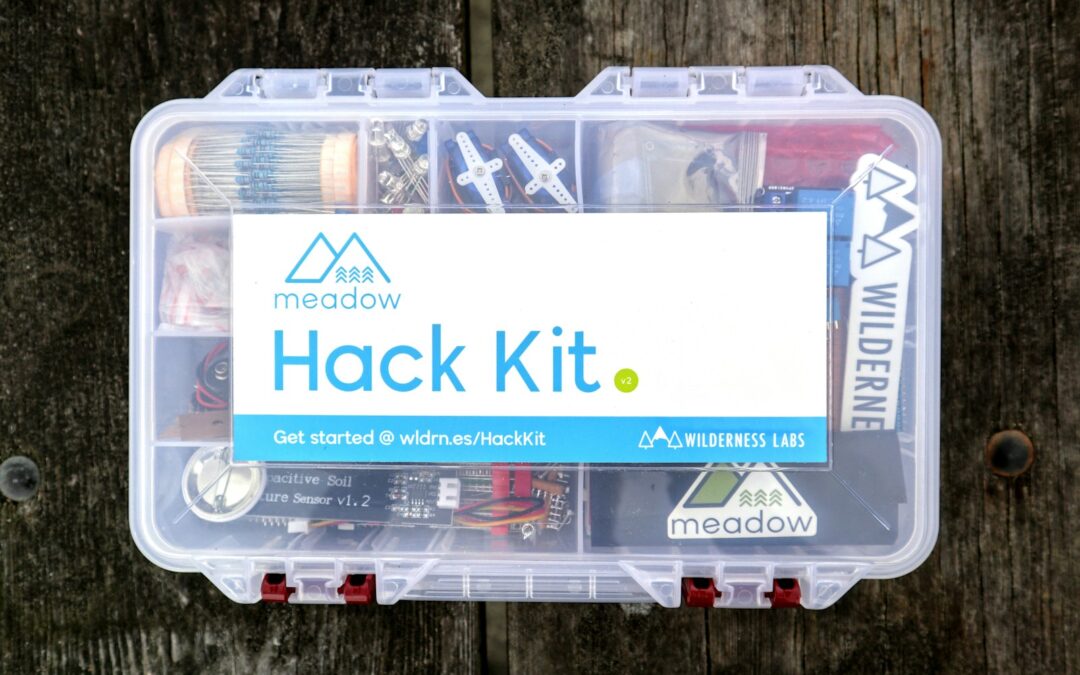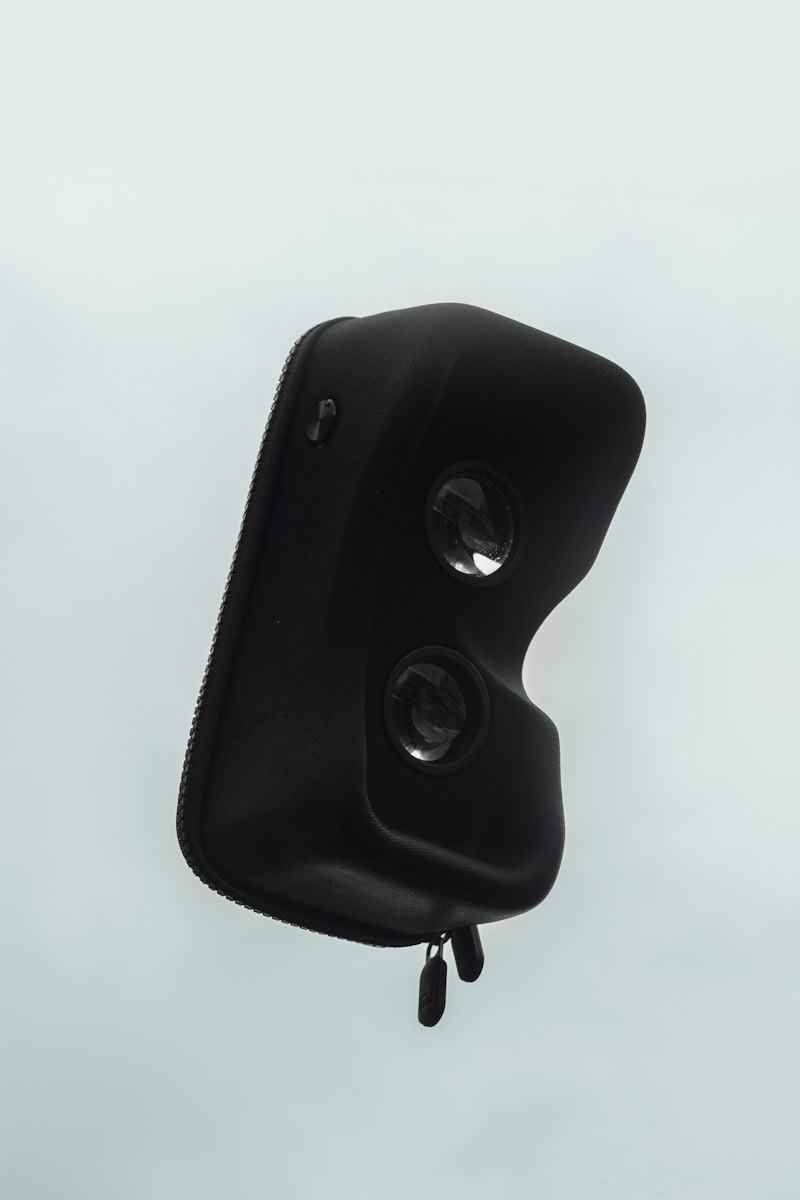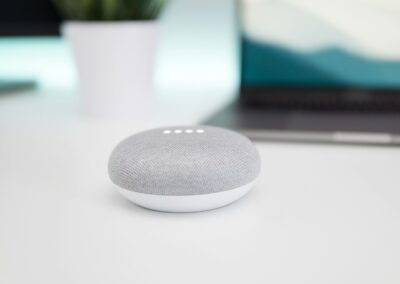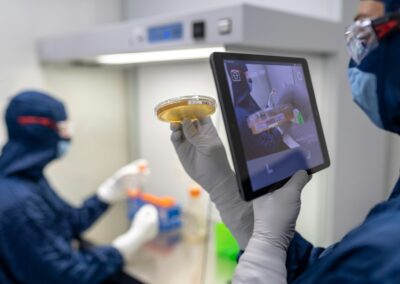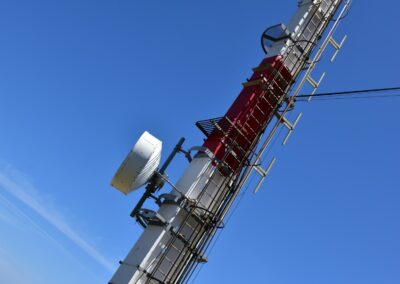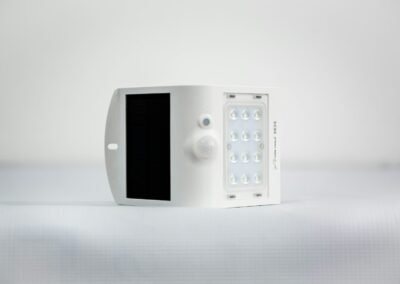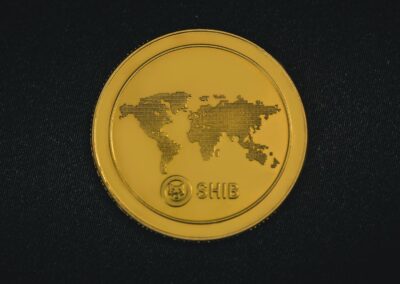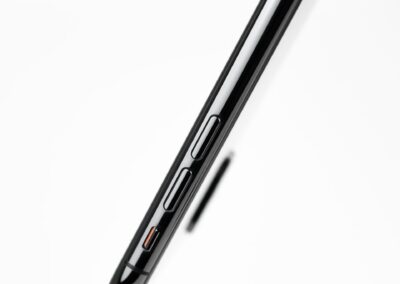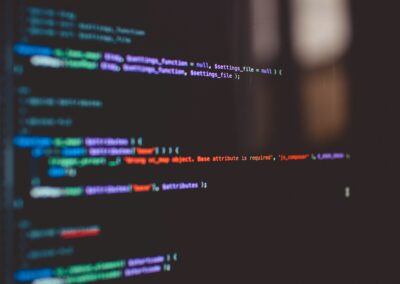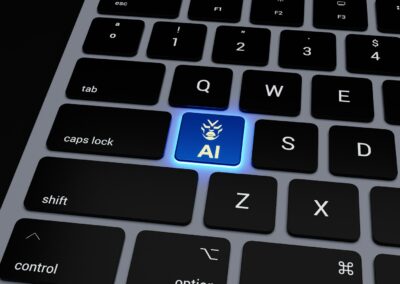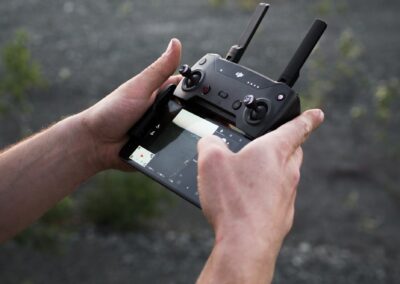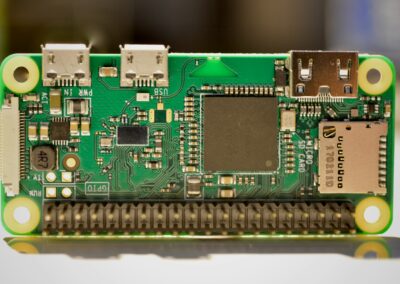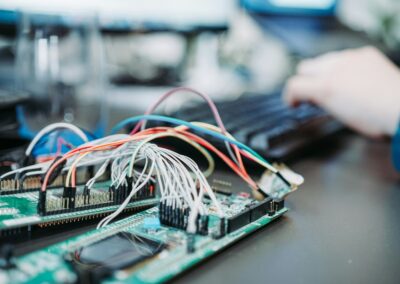Challenges of Interoperability in Proprietary IoT Systems
Understanding the Complexities
Achieving Interoperability in Proprietary IoT Systems is a significant challenge for modern businesses, particularly in regions like Saudi Arabia and the UAE, where the adoption of smart technologies is rapidly accelerating. Proprietary IoT systems, often designed by different manufacturers, tend to operate on unique protocols and standards that do not naturally communicate with each other. This fragmentation creates barriers to the seamless exchange of data across devices and platforms, making it difficult for organizations to harness the full potential of IoT.
In Riyadh and Dubai, where smart city initiatives are a priority, the lack of interoperability in proprietary IoT systems can lead to inefficiencies and increased operational costs. For instance, a city might deploy a variety of sensors from different vendors to monitor traffic, air quality, and energy consumption. However, if these sensors cannot share data due to incompatible protocols, the city’s ability to make informed decisions based on real-time data is severely limited. This not only hampers efficiency but also undermines the goal of creating a truly interconnected and smart urban environment.
Moreover, the challenge of interoperability extends beyond just data sharing. It also impacts system scalability and flexibility. As businesses and cities continue to grow, the need to integrate new IoT devices into existing systems becomes crucial. Without interoperability, adding new devices to a proprietary system can be a cumbersome and costly process, requiring custom solutions or middleware that may not be sustainable in the long term. In fast-paced regions like the UAE, where innovation and expansion are key, addressing these interoperability challenges is essential for staying competitive and achieving technological goals.
Impact on Security and Data Integrity
The lack of interoperability in proprietary IoT systems does not only affect operational efficiency but also raises significant security concerns. When devices and platforms cannot communicate effectively, it becomes difficult to implement uniform security measures across the entire IoT ecosystem. This creates vulnerabilities that can be exploited by cybercriminals, putting sensitive data at risk. For instance, in a smart home environment, if security cameras, smart locks, and other connected devices operate on different protocols and cannot communicate securely, it opens the door to potential breaches and unauthorized access.
In the context of smart cities like Riyadh and Dubai, the stakes are even higher. These cities rely on IoT systems to manage critical infrastructure, such as transportation, energy, and public safety. A lack of interoperability in these systems can lead to gaps in security, where certain devices or networks are more vulnerable to attacks. For example, if different traffic management systems cannot share data in real-time due to incompatible protocols, it could result in traffic congestion or accidents, compromising the safety and efficiency of urban mobility.
Furthermore, the issue of data integrity is closely tied to interoperability. When devices cannot exchange data seamlessly, there is a risk of data being lost, corrupted, or delayed. In industries such as healthcare, where accurate and timely data is crucial, the consequences of interoperability failures can be dire. For example, if medical devices from different manufacturers cannot share patient data effectively, it could lead to errors in diagnosis or treatment. In the UAE and Saudi Arabia, where healthcare innovation is a priority, ensuring interoperability in IoT systems is vital for protecting patient safety and improving healthcare outcomes.
Strategies for Achieving Interoperability in Proprietary IoT Systems
Adopting Open Standards and Protocols
One of the most effective strategies for Achieving Interoperability in Proprietary IoT Systems is the adoption of open standards and protocols. Open standards, such as MQTT, CoAP, and HTTP, provide a common framework that allows devices from different manufacturers to communicate and share data seamlessly. By adopting these standards, businesses can overcome the barriers posed by proprietary technologies and create a more cohesive and flexible IoT ecosystem.
In regions like Saudi Arabia and the UAE, where the push for smart city development is strong, the adoption of open standards is particularly important. For instance, a city that uses open standards for its IoT infrastructure can easily integrate new devices and platforms as they become available, without the need for costly custom solutions. This not only enhances the city’s ability to scale its IoT systems but also ensures that all devices can work together to provide a comprehensive view of urban operations.
Additionally, open standards can help improve security across the IoT ecosystem. When all devices adhere to the same protocols, it becomes easier to implement and enforce security measures, such as encryption and authentication. This reduces the risk of vulnerabilities and ensures that data is protected as it moves through the system. For businesses and governments in Riyadh and Dubai, where data security is a top concern, adopting open standards is a crucial step toward achieving a secure and interoperable IoT environment.
Collaborative Approaches to Interoperability
Achieving interoperability in proprietary IoT systems often requires collaboration between different stakeholders, including manufacturers, service providers, and end-users. By working together, these stakeholders can develop interoperable solutions that meet the needs of various industries and applications. In regions like the UAE and Saudi Arabia, where public-private partnerships are common, fostering collaboration is key to driving innovation and overcoming the challenges posed by proprietary technologies.
One approach to fostering collaboration is through the development of industry consortia and alliances. These groups bring together stakeholders from different sectors to work on creating interoperable standards and protocols. For example, the Industrial Internet Consortium (IIC) and the Open Connectivity Foundation (OCF) are two organizations that focus on developing standards for IoT interoperability. By participating in these consortia, businesses and governments can stay at the forefront of IoT innovation and ensure that their systems are compatible with the latest technologies.
Another strategy is to promote the use of middleware solutions that bridge the gap between proprietary systems. Middleware acts as an intermediary layer that enables devices and platforms with different protocols to communicate with each other. While not a perfect solution, middleware can help businesses achieve interoperability without the need to overhaul their entire IoT infrastructure. In fast-growing regions like Dubai, where the demand for IoT solutions is high, middleware can provide a practical and cost-effective way to integrate new technologies into existing systems.
Building for the Future: Interoperability as a Strategic Priority
Looking forward, it is clear that Achieving Interoperability in Proprietary IoT Systems must be a strategic priority for businesses and governments alike. As IoT continues to evolve and become more embedded in our daily lives, the need for seamless communication between devices will only grow. By prioritizing interoperability, organizations can unlock the full potential of their IoT investments and position themselves for success in a connected world.
For businesses in Riyadh and Dubai, where the pace of technological change is rapid, adopting a forward-thinking approach to interoperability is essential. This means not only addressing the current challenges posed by proprietary technologies but also preparing for the future by investing in open standards, fostering collaboration, and embracing new innovations. By doing so, these businesses can ensure that their IoT ecosystems are flexible, scalable, and ready to meet the demands of the modern economy.
In conclusion, while the challenge of achieving interoperability in proprietary IoT systems is significant, it is not insurmountable. With the right strategies and a commitment to collaboration, businesses and governments can overcome these challenges and create a more connected and efficient world. As we move toward an increasingly digital future, the importance of interoperability cannot be overstated—it is the key to unlocking the full potential of IoT and driving innovation across industries.
—
#IoTInteroperability #ProprietaryTechnologies #SmartCities #DataIntegration #UAE #SaudiArabia #Riyadh #Dubai #TechInnovation

